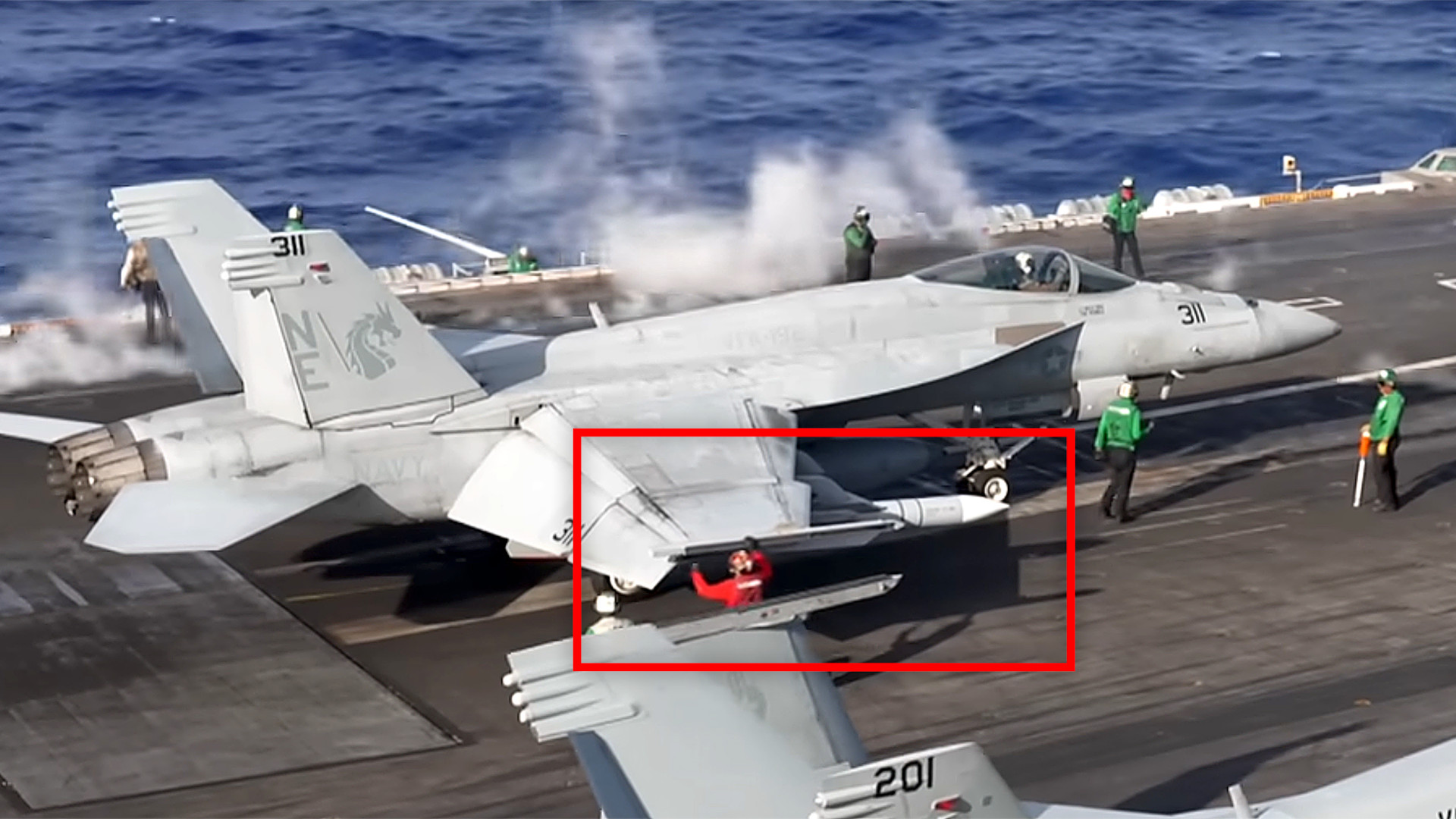We have just gotten our first look at an AIM-174 air-launched variant of an SM-6 missile riding under the wing of a Super Hornet about to launch off the U.S. Navy supercarrier USS Carl Vinson. The clip, which also shows a previously unseen version of the AIM-174, comes to us as part of an in-depth segment from “60 Minutes Australia” on the U.S. Navy-led Rim of the Pacific 2024 (RIMPAC 2024) international naval wargames currently underway off the coast of Hawaii.
The “60 Minutes Australia” footage, which was pointed out to us by our friend and defense analyst @guyplopsky, shows the AIM-174 under the wing of an F/A-18E belonging to Strike Fighter Squadron 192 (VFA-192), the “World Famous Golden Dragons,” one of the units currently assigned to Carl Vinson‘s air wing. The missile seen in the clip notably has a pair of black (or at least dark-colored) marking bands around the forward end of its body where the warhead would be on a standard SM-6.
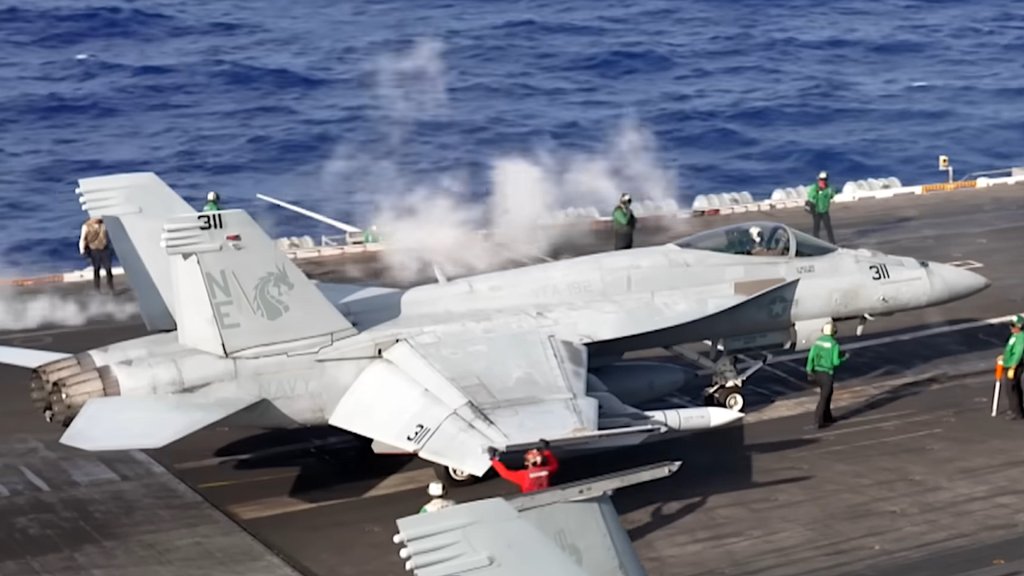
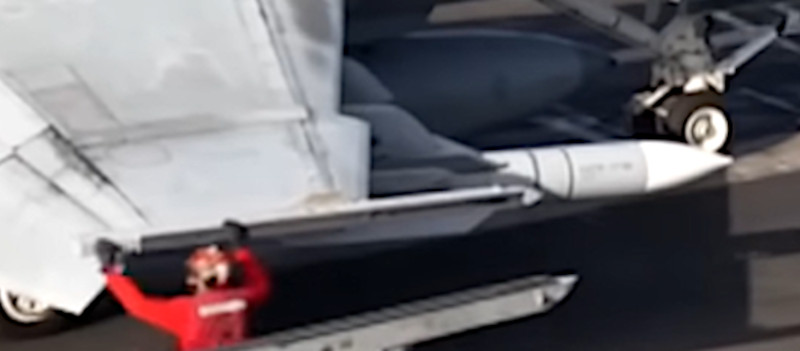
The black markings are distinct from the single blue bands we have seen around the fronts of inert XAIM-174B (or possibly NAIM-174B) developmental/test and DATM-174B training missiles in pictures that have emerged over the past two weeks.
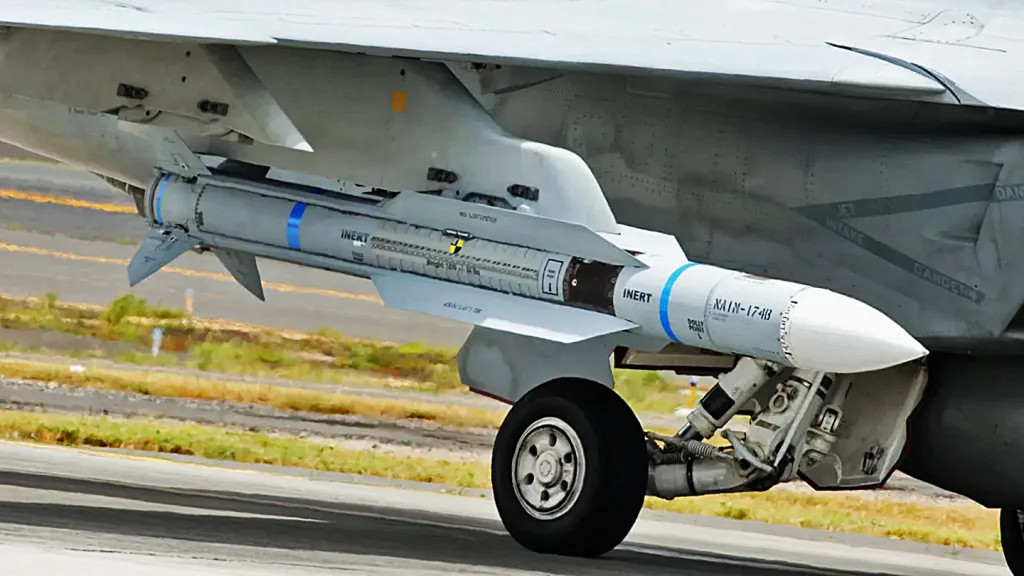
The black bands are also different from the markings typically seen on live surface-launched SM-6s.
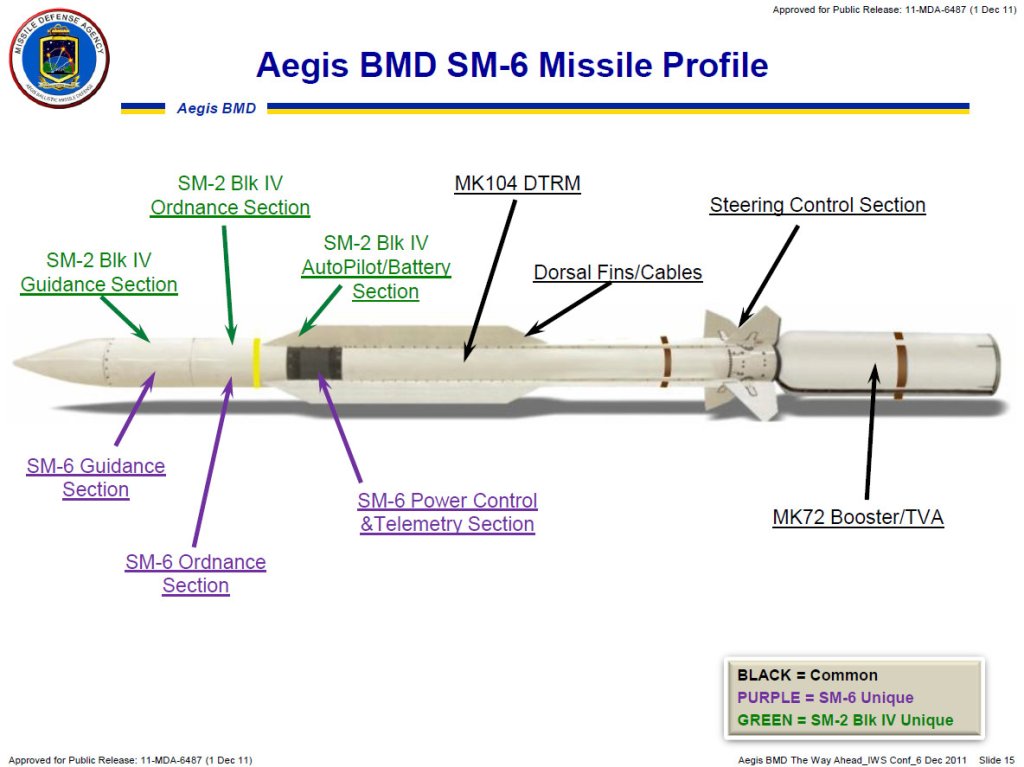
It isn’t clear if the black-banded AIM-174 is a fully operational round or one that has elements of an operational weapon. However, the Navy has confirmed that the AIM-174B is now in an operational status with at least some of its strike fighter squadrons.
“We have a whole mix of weapons… air-to-air missiles, air-to-ground missiles,… we have smart bombs, we have torpedoes,” Navy Captain Matthew Thomas, the USS Carl Vinson‘s commanding officer, told “60 Minutes Australia”‘s Natalie Clancy. “It just helps us, obviously, to be lethal. I have zero doubt that we are fully capable to execute any mission our senior leaders ask.”
You can watch the full “60 Minutes Australia” segment on RIMPAC 2024 below.

Information about the AIM-174 and the subvariants of that missile that already exist otherwise remain limited. Regardless, the development of an air-launched SM-6 has major implications, especially for the Navy and its plans to fight and win in the air in any future high-end conflict with China.
“It isn’t clear what the capability of the AIM-174 — or the SM-6 in general — is when it comes to engaging fighters over very long distances. But lumbering aircraft that enable those fighters are an entirely different story. The AIM-174B would likely best be used to leverage the emerging kill web that utilizes sensors in the air, at sea, on the ground, and in space, to target very high-value, low-density enabling support assets over long distances.”
“Think airborne early warning and control, maritime patrol, electronic warfare, and surveillance aircraft, as well as tankers.”
“By using the AIM-174B’s extreme range to go after these large, low-maneuverability, critical assets, even well behind the front lines, China’s anti-access capabilities will begin to degrade, allowing for tactical aircraft, as well as their own support assets, to venture closer to the fight. It will also put their dependent assets, like fighter aircraft and warships, at greater risk of attack. In other words, this stabs the aerial eyes and ears out of the enemy’s force, depleting its situational awareness and eroding its own kill chains while opening up avenues of exploitation for allied forces.”

The AIM-174 designation points to an air-to-air focus, but the surface-launched SM-6 has the ability to strike targets at sea and on land. capabilities the air-launched version could well retain. Future air-launched variants or derivatives of the SM-6 family could be further optimized for anti-ship or air-to-ground strikes.
The appearance of the black-banded AIM-174 in the “60 Minutes Australia” segment adds to the number of subvariants of the missile that have already emerged and underscores the work the Navy has already done in fielding this important new capability.
Whether or not this weapon will see actual live-fire action as part of the RIMPAC exercises, we will just have to wait and see.
Contact the author: Tyler@twz.com
